120 years ago today, Salvador Dali was born. Known for his striking and bizarre images, he is one of, if not the most famous surrealist painter in history. Inspired by the Renaissance masters, Dali nevertheless gravitated to the surrealist movements in the early 20th century. He would live in France for the duration of the Spanish Civil War, before moving to America and achieving commercial success. SEE a Couple of His Most Famous Works… (1904)
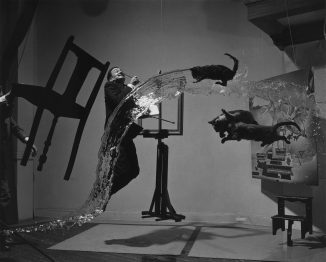
After returning to Spain in 1941, Dali described his style as “nuclear mysticism” containing elements of major scientific discovery, mysticism, and the classics. His most famous work came before this, The Persistence of Memory which depicts soft, melting wristwatches on a seashore, and is generally considered an ode to Einstein’s Theory of Relativity.
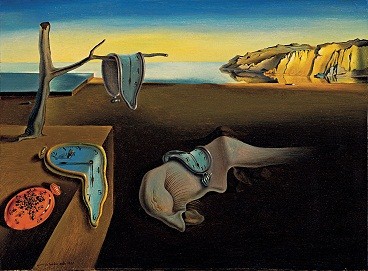
The Burning Giraffe is another perfect example of Dali’s nuclear mysticism. A tall woman, supported by crutches (a mainstay in Dali’s works,) is covered in drawers, an inspiration from Sigmund Freud’s pioneering theory of psychoanalysis. Dali said that “the only difference between immortal Greece and our era is Sigmund Freud who discovered that the human body, which in Greek times was merely neoplatonical, is now filled with secret drawers only to be opened through psychoanalysis.” Meanwhile the burning giraffe in the background is a “masculine apocalypse monster” and is a recurring motif in his paintings.
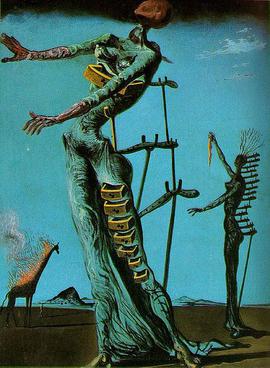
There are two museums devoted solely to Dali, one of which is in St. Petersburg, and the other in the town of his birth of Figueres, Spain.
MORE Good News on this Day:
- Minnesota (a native Dakota word, meaning ‘clear blue water’) was admitted as the 32nd U.S. state, calling itself The Land of 10,000 Lakes and being among the best-educated and wealthiest in the nation (1858)
- Andrew Carnegie donated $1.5 million to build the Peace Palace, near the Hague and home to the Permanent Court of Arbitration, peace library and grounds (1904)
- The Academy of Motion Picture Arts and Sciences was founded, with the goal of advancing the arts and sciences of movies, by funding student scholarships, maintaining film libraries, and celebrating its annual “Oscar” awards (1927)
- Charges were dismissed against Daniel Ellsberg for releasing the Pentagon Papers to the press, with the government citing misconduct (1973)
- The rock group Queen wrapped up their 46-date ‘News Of The World’ tour by playing the first of three sold-out nights at Wembley Arena in London (1978)
- More than 170 countries decided to extend the Nuclear Nonproliferation Treaty indefinitely and without conditions (1995)
And, 1,694 years ago today, Constantinople is dedicated as the capital of the Eastern Roman Empire by Emperor Constantine the Great. It would go on to become one of the world’s greatest cities, everlasting and constantly evolving. In 324 CE, after the Western and Eastern Roman Empires were reunited, the ancient Greek city of Byzantium was selected to serve as the capital of the east, and was renamed “Nova Roma.” It would outlast the Romans, as well as the Byzantines to come after them, and the Ottomans who came after them.
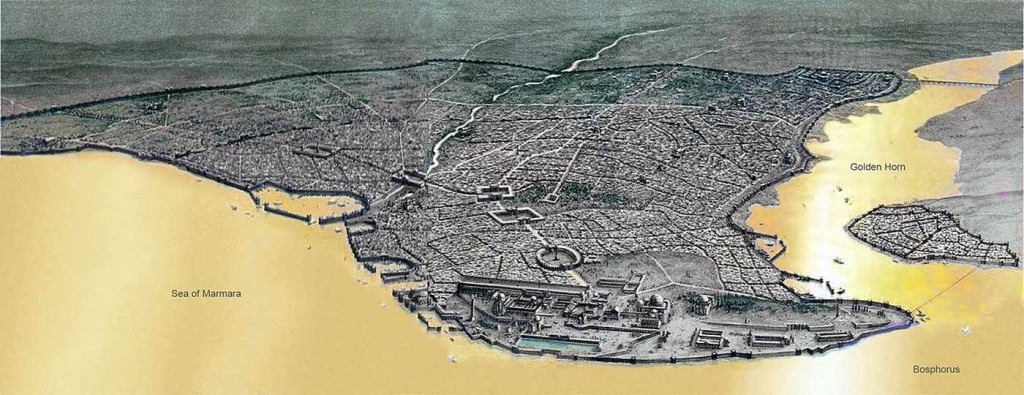
Its original incarnation was home to extraordinary splendor, including the Hagia Sophia, the Hippodrome, the University of Constantinople which contained the remains of the Library of Alexandria’s collection, the Imperial Palace, the Golden Gate, and the Theodosian Walls—considered the most impressive fortifications in the Classical Age.
After the various barbarians overran Rome and other areas in the West, Constantinople became the seat of the empire. In the decades following the rise to power of Justinian I, many of those iconic monuments were built. By the time of the Plague of Justinian, the city’s inhabitants may have numbered 500,000.
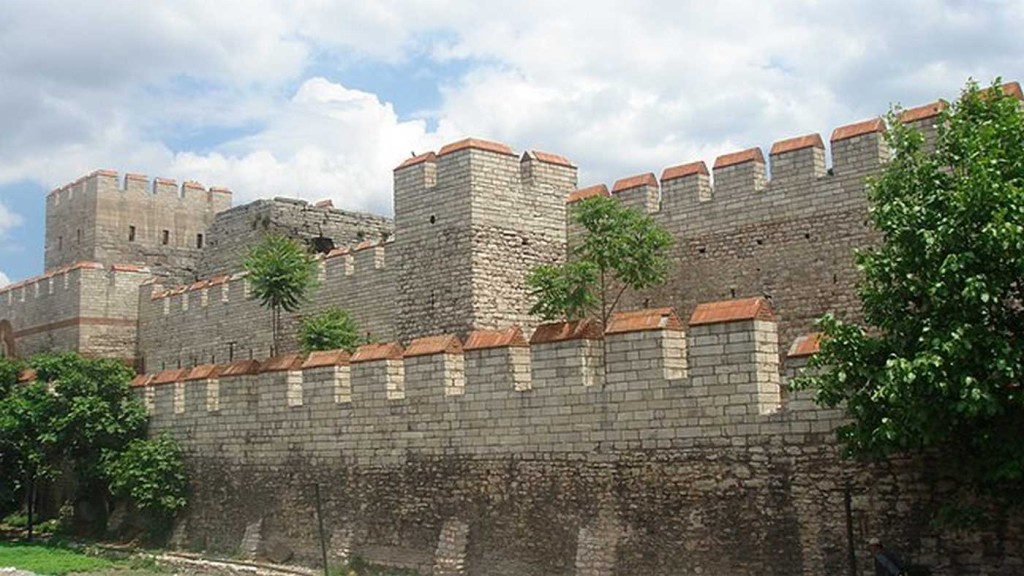
Emerging from a dark age of Persian, Avar, and Bulgar, and eventually Arab attacks, a series of emperors, starting in the year 717, definitively gave birth to the Byzantine Empire as a completely distinct historical entity that would last another 650 years.
Throughout all this time of war and peace, wealth and want, the city was a center of so much of world affairs and influence across all the lands west of India. The markets of Constantinople were the richest in the region, the architectural marvels spawned knock-offs around Europe, with St. Mark’s Basilica in Venice copying the Hagia Sophia, and Caernarfon Castle in Wales copying the Theodosian Walls.
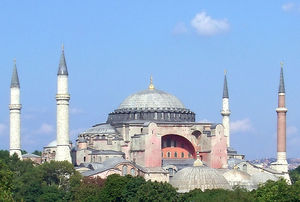
Writer N. H. Baynes in his book on the great city, described the influence of art from this period thusly: “Princes of Kiev, Venetian doges, abbots of Monte Cassino, merchants of Amalfi, and the kings of Sicily all looked to Byzantium for artists or works of art. Such was the influence of Byzantine art in the twelfth century, that Russia, Venice, southern Italy, and Sicily all virtually became provincial centers dedicated to its production.” (330)
253 years ago today, Laskarina Bouboulina, a heroine of the Greek War of Independence, was born. A naval commander, she was born in a Constantinople prison to a captain from the island of Hydra and his wife, who had been imprisoned by the Ottomans for being revolutionaries.
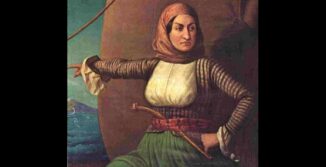
Bouboulina joined the underground organization that was preparing Greece for revolution. She bought arms and ammunition at her own expense and brought them secretly to Spetses in her ships, to fight “for the sake of my nation.”
When construction of the ship Agamemnon was finished in 1820, she bribed Turkish officials to ignore the ship’s size; it later became one of the largest warships in the hands of Greek rebels. She also organized her own armed troops composed of men from Spetses—and used most of her fortune to provide food and ammunition for the sailors and soldiers under her command.
On March 13, 1821, Bouboulina raised her own Greek flag upon the mast of Agamemnon and the people of Spetses staged one of the earliest revolts several weeks later. She joined forces with ships from other Greek islands to begin a naval blockade of the port of Nafplion near Athens. She also became the first woman-admiral of the Imperial Russian Navy, which was assisting the Greeks until their victory nine years later. Bouboulina was killed in battle against Algerian pirates mid-way through the war, but she—and her ship—were later memorialized on a coin by the Hellenic Republic. (1771)
And, 114 years ago today, the U.S. Congress established Glacier National Park in Montana.

Along the Canadian border, the park encompasses over 1 million acres, two mountain ranges, 130 lakes, more than 1,000 different plants, and hundreds of animal species, including the threatened grizzly bear and Canadian lynx. (1910)
Also, Happy 83rd Birthday to Eric Burdon, the lead singer of The Animals who sang House of the Rising Sun.
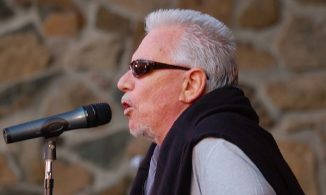
The Rock and Roll Hall of Fame inductee also sang on Don’t Let Me Be Misunderstood and We Got to Get Out of the Place. Burdon has often toured in the last decade and reunited with The Animals in Newcastle–the English city where the band formed in 1963, before becoming part of the British Invasion that took America by storm. Burdon also joined the band WAR to help create such hits as Spill the Wine, Paint it Black, and Why Can’t We Be Friends? (1941)

64 years ago today, the U.S. Food and Drug Administration approved of birth control as an additional use for the G. D. Searle drug Enovid, making it the first approved oral contraceptive pill following the largest drug trials ever run. The FDA had already reviewed the issue of safety when it approved Enovid’s use for menstrual disorders in 1957, but at last they relented when John Rock, the renowned Catholic obstetrician and gynecologist petitioned to let it be given to healthy women for long-term use for a social purpose—to control their own pregnancies. (1960)
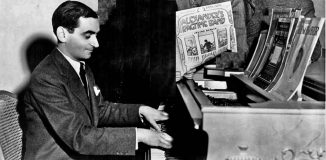
And, 136 years ago today, American composer and lyricist Irving Berlin, who was considered one of the greatest songwriters in American history, was born in Imperial Russia. The composer of hits like White Christmas, Blue Skies, Puttin’ On the Ritz, I’ve Got My Love to Keep Me Warm, There’s No Business Like Show Business, Cheek to Cheek, and God Bless America, arrived in New York City with his Jewish family at age five escaping discrimination, poverty and brutal pogroms.
Berlin never learned to read music, but played his songs entirely by ear in the key of F-sharp (keeping all five notes of the pentatonic scale on the “black keys”) WATCH him demonstrate the unusual piano that helped him learn this, playing one of his humorous love songs, and interviewed by Dinah Shore and Tony Martin. (1888)
SHARE the Milestones, Memories, and Music…



















